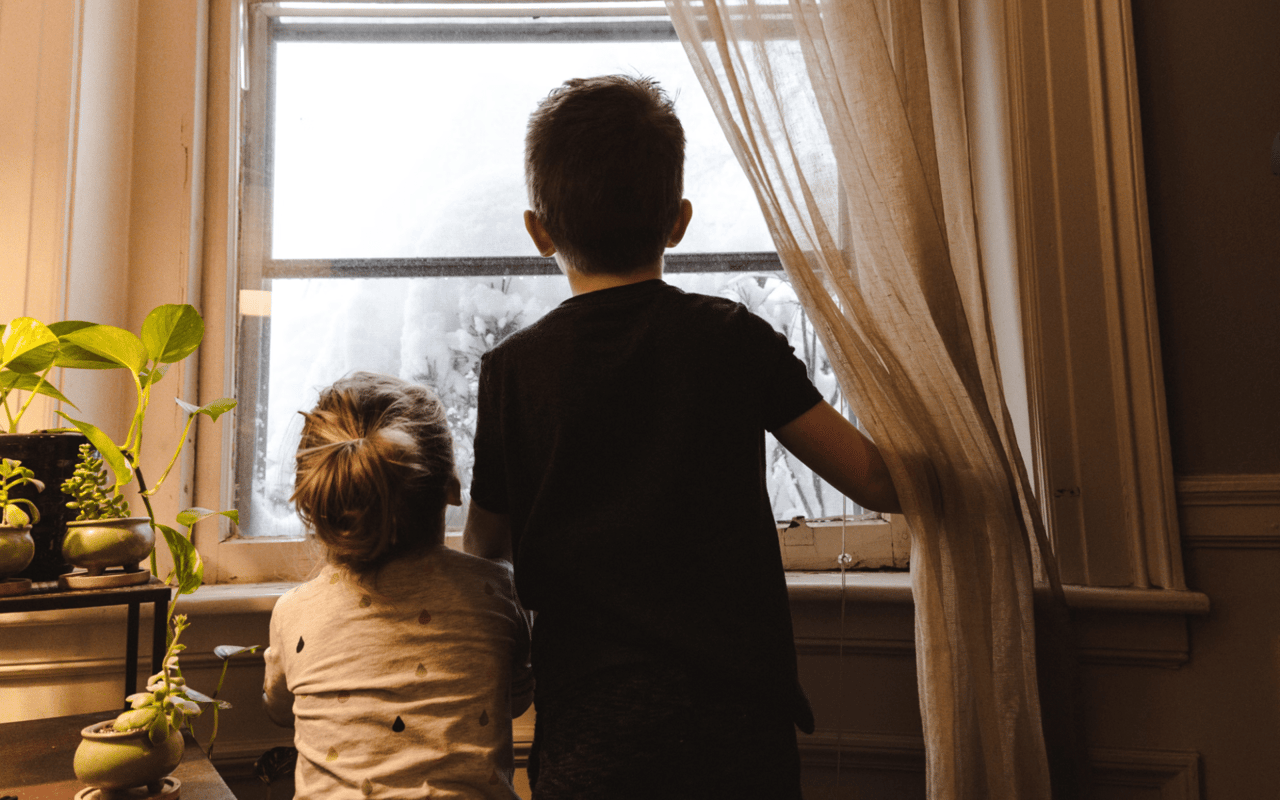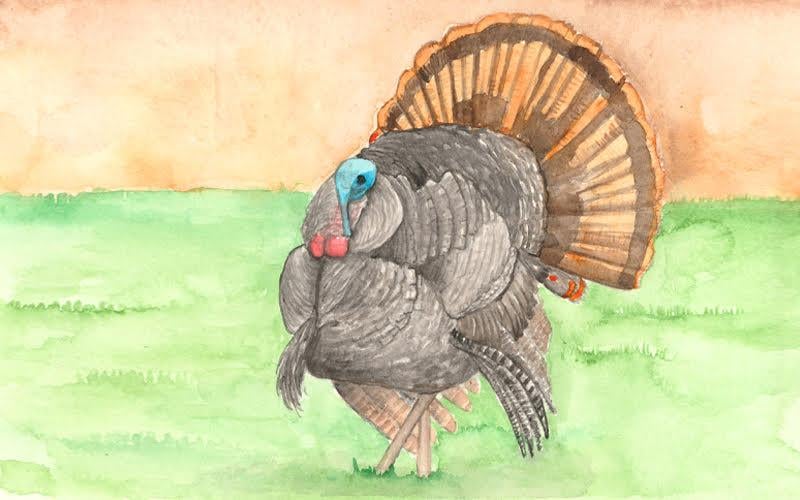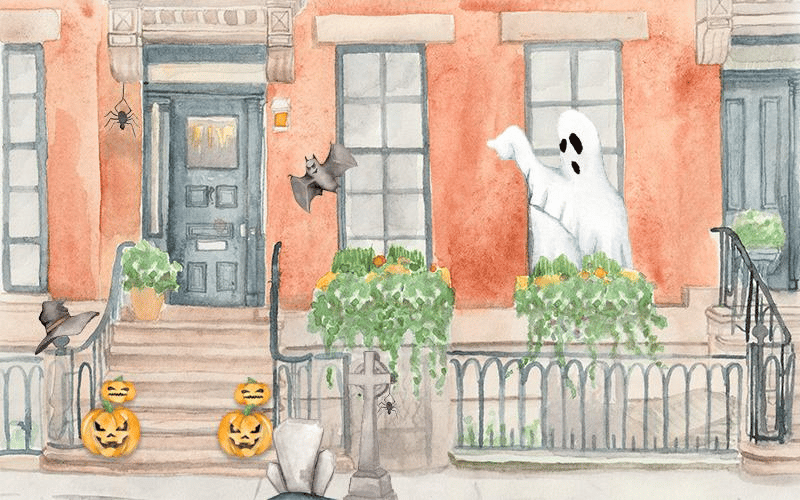Ensuring child safety at home is a top priority for parents and caregivers. The home, while a haven of comfort and security, can also harbor potential hazards that may not be immediately obvious. Taking proactive steps to childproof your home is essential to protect young ones from accidents and injuries. This article provides a detailed guide on how to make sure your home is safe for children, offering practical tips for every room and aspect of the household.
1. Conduct a Safety Assessment
Before diving into specific measures, it’s important to conduct a thorough safety assessment of your home. Start by getting down on your hands and knees to see the world from a child’s perspective. Identify potential hazards like sharp edges, low-hanging cords, and small objects that could pose a choking risk. Creating a checklist can help ensure that no area is overlooked.
2. Living Room Safety
The living room is often the central hub of activity in a home, making it a critical area to childproof.
-
Furniture Anchoring: Heavy furniture, such as bookshelves, televisions, and cabinets, should be securely anchored to the wall to prevent tipping. Children often climb on furniture, and unsecured items can easily fall, leading to serious injury.
-
Sharp Corners and Edges: Cover sharp corners of coffee tables, TV stands, and other furniture with cushioned corner protectors to prevent head injuries.
-
Cord Management: Keep cords from blinds, curtains, and electronics out of reach. Consider cordless window treatments, or use cleats to wrap up loose cords. Electrical cords should be bundled and secured to avoid tripping hazards.
-
Small Objects: Keep small items like coins, batteries, and other objects that could be swallowed, out of reach. Regularly inspect the room for stray objects that might have fallen to the floor.
3. Kitchen Safety
The kitchen is one of the most dangerous rooms in the house for children, due to the presence of sharp objects, heat sources, and chemicals.
-
Stove Safety: Use back burners whenever possible and turn pot handles inward to prevent children from grabbing them. Install stove knob covers to keep little hands from turning on burners.
-
Cabinet Locks: Install childproof locks on cabinets and drawers, especially those that contain sharp objects, cleaning supplies, or heavy cookware.
-
Appliance Safety: Ensure that appliances like microwaves, toasters, and coffee makers are placed out of reach. Unplug appliances when not in use and keep cords out of sight.
-
Cleaning Supplies: Store all cleaning supplies, detergents, and other hazardous substances in a high, locked cabinet. Even products labeled as “natural” or “green” can be harmful if ingested.
4. Bathroom Safety
Bathrooms present unique risks, especially with water and various chemicals.
-
Water Temperature: Set your water heater to 120°F (49°C) or lower to prevent scalding. Test the water temperature before bathing a child.
-
Non-Slip Mats: Use non-slip mats both inside and outside the bathtub or shower to prevent falls.
-
Toilet Locks: Install a toilet lock to prevent children from lifting the lid. Not only can this prevent drowning accidents, but it also keeps curious toddlers from playing in unsanitary water.
-
Medicine Safety: Store all medications, vitamins, and supplements in a locked cabinet, out of reach of children. Be mindful of items that are often left out, like toothpaste or lotions, as these can be harmful if ingested in large amounts.
5. Bedroom Safety
A child’s bedroom should be a sanctuary, but it’s still important to take precautions.
-
Crib Safety: Ensure the crib meets current safety standards, with slats no more than 2 3/8 inches apart. Remove pillows, blankets, and stuffed animals from the crib to reduce the risk of suffocation.
-
Furniture Placement: Place the crib away from windows, blinds, or drapery cords. Secure dressers and changing tables to the wall, and avoid placing items like picture frames or heavy objects on shelves above the crib.
-
Toy Safety: Regularly inspect toys for small parts, sharp edges, or loose components that could be choking hazards. Store toys in bins that do not have lids that could trap a child’s fingers or head.
6. Stairs and Hallway Safety
Stairs are a common site for falls, making them a key area to childproof.
-
Baby Gates: Install baby gates at both the top and bottom of staircases. Ensure that the gates are securely attached to the wall and that they meet safety standards. Avoid pressure-mounted gates at the top of stairs, as they can be easily dislodged.
-
Handrails and Banisters: Make sure that handrails are sturdy and that banisters are spaced no more than 4 inches apart to prevent children from getting stuck or slipping through.
-
Lighting: Keep hallways and stairs well-lit to reduce the risk of trips and falls, especially during nighttime.
7. General Safety Tips
In addition to room-specific precautions, there are several general safety measures that should be implemented throughout the home.
-
Smoke and Carbon Monoxide Detectors: Install smoke detectors on every level of your home, inside each bedroom, and outside sleeping areas. Carbon monoxide detectors should be placed near sleeping areas and on each floor. Test these detectors monthly and change the batteries twice a year.
-
Fire Extinguishers: Keep fire extinguishers in key areas such as the kitchen, garage, and near bedrooms. Ensure that all household members know how to use them.
-
First Aid Kit: Have a well-stocked first aid kit in an easily accessible location. Make sure it includes essentials like bandages, antiseptics, tweezers, and a thermometer. Learn basic first aid procedures and ensure all caregivers are familiar with them.
-
Window Safety: Install window guards or stops to prevent windows from opening more than a few inches. Be mindful of furniture placement to avoid children climbing up to open windows.
8. Outdoor Safety
If you have a yard or outdoor space, it’s important to make it as safe as the inside of your home.
-
Fencing: Ensure that your yard is securely fenced, with gates that are locked or have childproof latches. This is particularly important if you have a pool.
-
Pool Safety: Pools should be surrounded by a fence at least four feet high with a self-closing, self-latching gate. Keep pool toys out of sight when not in use to avoid attracting children to the water.
-
Play Equipment: Regularly inspect outdoor play equipment for wear and tear. Ensure that swing sets and slides are securely anchored and placed on a soft surface like mulch or rubber to cushion falls.
Secure a Safe and Welcoming Home for Your Family with MGS Group Real Estate
Ensuring child safety at home requires vigilance, foresight, and a commitment to maintaining a secure environment. By following these guidelines and regularly reassessing potential hazards, parents and caregivers can create a home where children can explore, play, and grow with reduced risk of injury. Childproofing is not a one-time task but an ongoing process as children develop new skills and abilities. By staying proactive, you can provide a safe, nurturing space for the children in your care.
When it comes to finding the perfect home, safety and comfort for your family are paramount. MGS GROUP REAL ESTATE understands the importance of a secure environment where your children can thrive. Their expert agents are dedicated to helping you find a home that meets all your needs, from child-safe layouts to family-friendly neighborhoods. Trust their team to guide you through the process of finding the ideal home where your family can grow, explore, and feel truly safe. Contact MGS GROUP REAL ESTATE today to begin your journey to a safer, happier home.
























